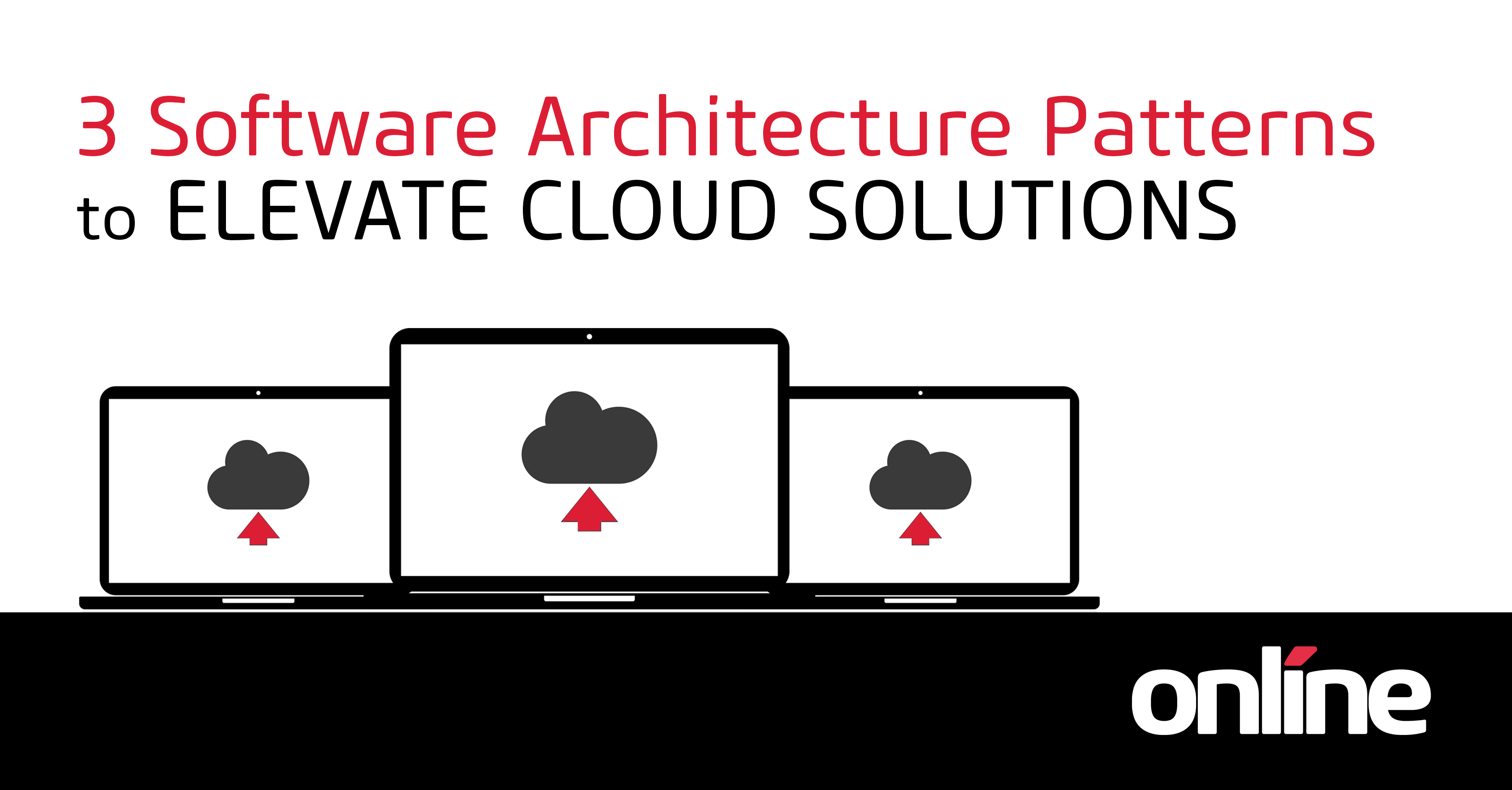Bruce Leppky
Principle # 1 – Use a “benefits-led” approach
In my previous post, “Why Benefits Should Drive Your Project Planning and Delivery”, I![]() introduced the concept of adopting benefits management so that benefits can be properly planned, delivered, and measured. As a key principle of benefits management, I also shared how adopting a “benefits-led” approach to program and project planning can improve successful project delivery, so that the intended business outcomes are achieved and their expected benefits are realized.
introduced the concept of adopting benefits management so that benefits can be properly planned, delivered, and measured. As a key principle of benefits management, I also shared how adopting a “benefits-led” approach to program and project planning can improve successful project delivery, so that the intended business outcomes are achieved and their expected benefits are realized.
Principle #2 – Ensure benefits are aligned with strategy
Building on the principle of being “benefits-led” I want to explore another key principle – ensuring benefits are aligned with strategy when planning a project and its needed outcomes.
As a refresher, the following two key definitions help in the discussion of benefits management:
- Benefit: The measurable improvement from change, which is perceived as positive by one or more stakeholders, and which contributes to organizational (including strategic) objectives.
- Benefits Management: The identification, quantification, analysis, planning, tracking, realization, and optimization of benefits.
Managing Benefits, Steve Jenner (APMG International)
You have to start BEFORE the project starts
The identification of benefits needs to occur before projects are identified. These benefits should be driven by specific business needs, such as a problem, strategy, or policy change.
By clearly identifying benefits at the outset, projects typically can be initiated much faster because the expected return is clearly articulated. My own experience has shown that when projects are set up correctly at their inception, there is a much higher chance of successful delivery. Also, by incorporating benefits identification into the planning exercise, benefits provide a direct connection between their delivered outputs and the strategic goals. As a result of this connection, there is formal alignment of effort, resources, and investment towards achieving the organization’s strategic objectives.
How can you identify and define business benefits?
Benefits identification can be performed in conjunction with strategic and business analysis and planning. This activity is most likely already being done as part of the business case development exercise in some organizations.
#1: Understand the drivers
A key input into the benefits identification activity is to understand the drivers behind the business change initiative and their objectives. The fundamental need is to identify the business problem that needs to be solved or the opportunity that needs to be developed. By working with key stakeholders and understanding the underlying critical business drivers, proper alignment can occur between business changes, benefits realization, and achievement of strategic objectives.
#2: Conduct a benefits discovery workshop
One method to identifying benefits, is to conduct a facilitated benefits discovery workshop involving all key stakeholders. This workshop is intended to engage stakeholders and build commitment to initiatives, identify the business changes (“enablers”) required to achieve the desired benefits, and make sure benefits are aligned with initiatives and strategic objectives.
#3: Create a benefits map
Another method that can be helpful in discovering benefits, is to create a benefits map.
The four most common approaches to benefits mapping are:
- The Managing Successful Programmes (MSP) benefits map – shows how programme outputs, capabilities, outcomes, and benefits are interrelated and lead to the fulfillment of corporate objectives.
- The Results Chain – which represents the events and conditions required to achieve the desired business outcomes.
- The benefits dependency network/map (BDN) – which aligns the enablers to the business changes required to achieve the benefits and aligns the strategic drivers and objectives to the contributing benefits.
- The benefits logic map – which starts with the problem to be solved/opportunity to be developed and mapping these to the benefits.
Managing Benefits, Steve Jenner (APMG International)
Why is alignment so critical?
The alignment between benefits and strategy is critical.
Consider this example:
A corporate strategic objective might be to improve operational efficiency. This strategic objective drives us to ask a couple of critical questions:
Question 1 - What benefit (measurable outcome) could contribute to that objective?
One benefit might be to improve order fulfillment so that 80% of all orders are fulfilled within two business days.
Instead of deciding on a solution at this point, the discussion would be around the business changes required to deliver that benefit. This discussion should analyze and assess the current state and identify the necessary business changes such as, streamlining the process, restructuring the organization, etc.
Question 2 - What “enablers” would be needed to facilitate these business changes?
Possible enablers in this scenario could include, streamlining the process, a business process re-engineering effort, a new ordering system, or a customer portal, etc.
The key outcome of this method will result in a definitive alignment between the projects, the intended business changes, the expected benefits, and the strategic objective that is being realized. These enablers then get grouped or organized and become the projects.
Benefits Management is really the critical ingredient
In conclusion, formal benefits management is a core component to delivering successful project outcomes and as such, is aligned with the entire project lifecycle, from planning and inception through to business operations. Effective benefits management will communicate the key enablers and show why a project should be undertaken and ensure that it is formally managed.
By properly identifying, defining, and determining the expected benefits from project initiatives, we ensure that benefits (and their corresponding projects) are aligned with strategic objectives. By investing time early on during the planning and initiation, we can help to ensure that projects are positioned for success through strategic alignment.
Through the realization of benefits, project success will be assessed based on the measurable positive improvements that are provided to the stakeholders, not based solely on the delivery of the required outputs on time and on budget.
Bruce has over 30 years of project and program delivery experience and is a Certified Benefits Management Practitioner (APMG International). If you are unsure about where to start integrating benefits management into your project planning feel free to leave a comment below!



Submit a Comment